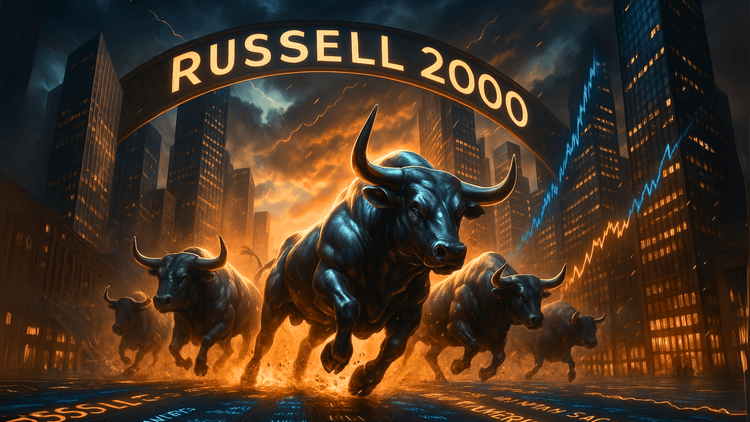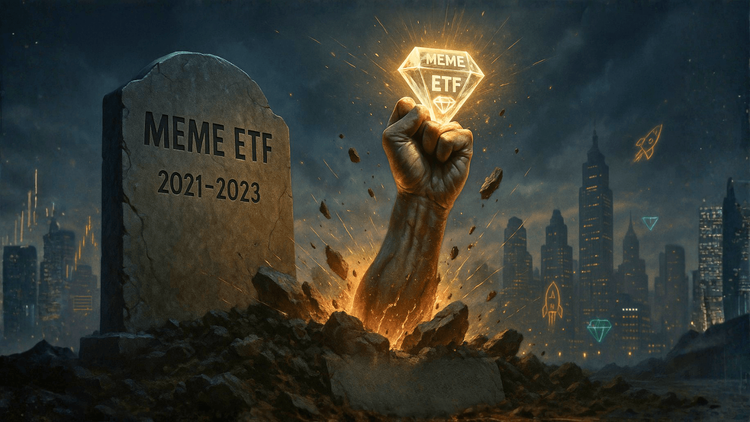Small Caps, Big Energy: The Underdogs Are Barking Back
After years of lagging behind Wall Street’s giants, small-cap stocks in the Russell 2000 are finally proving their strength — not through hype, but through hard-earned earnings growth and renewed investor confidence.

The small-cap corner of the market is finally showing signs of real muscle. After years of being overshadowed by tech giants and mega-cap momentum, the Russell 2000 index — home to America’s smaller publicly traded companies — just wrapped up its strongest quarter since 2021. This time, the rally isn’t just about hype or inflated valuations. It’s about genuine earnings growth.
Bank of America’s latest data shows that for the first time in over two years, small-cap earnings revisions are moving sharply higher. Analysts are upgrading expectations, not cutting them. The shift marks a turning point in a segment that has long been left behind by Wall Street’s obsession with Big Tech and trillion-dollar market caps.
A Market Quietly Turning the Corner
While investors have been glued to headlines about the S&P 500’s record-breaking highs, the Russell 2000 has been quietly building momentum. In the third quarter, the index gained 12.4%, its best performance since Q3 of 2021. But what’s different this time is that the gains are now rooted in fundamentals rather than inflated valuations. Through September, the entire 3% rise in the Russell 2000’s price return was driven by upgraded earnings expectations, according to Bank of America.
That’s a striking reversal. Over the past year, much of the small-cap rally had been fueled by expanding price-to-earnings ratios, suggesting optimism but not necessarily performance. Now, companies are actually delivering. Sectors like hospitality and consumer services, represented by firms such as Marcus Corporation — a mid-cap theater and hotel operator — saw their earnings forecasts rise at the fastest pace since mid-2022.
“Small caps just emerged from their EPS recession,” said Jill Carey Hall, Bank of America’s senior equity strategist. It’s a subtle but powerful shift — the kind of inflection point that long-term investors wait for.







